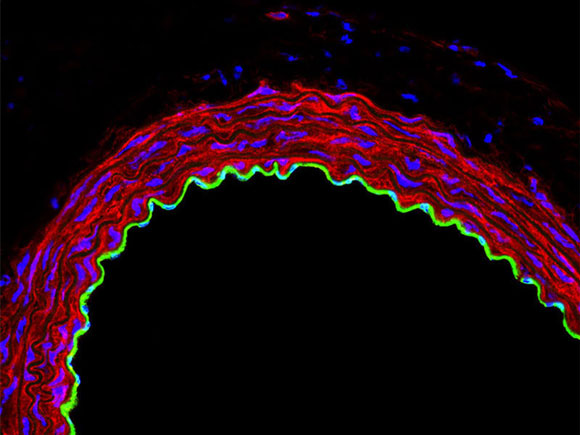
Active organ: The wall of a blood vessel consists of different layers, each of which performs a specific task. The microscopic image of a cross-section of a blood vessel shows the thin inner layer of cells (endothelium; green) and the vascular muscle cells (red). Cell nuclei are dyed blue. Credit: MPI f. Heart and Lung Research
New research from the Max Planck Institute shows that the P2Y2 receptor in blood vessel cells is a key element in the chain of blood pressure regulation.
High blood pressure is a primary risk factor in the development of many cardiovascular diseases. Researchers at the Max Planck Institute for Heart and Lung Research in Bad Nauheim have now decoded a new regulatory mechanism, which could be a factor in the development of hypertension: the physical forces of the flowing blood activate a receptor on the surface of the inner vascular wall. Through a reaction chain, this ultimately leads to a reduction in blood pressure.
A range of factors is known to affect blood pressure. However, there have been gaps in the research that has been conducted to date on the underlying molecular mechanisms. A reason for this is that controlling blood pressure is one of the body’s most complex control functions.
Blood pressure levels are regulated primarily via certain arteries known as resistance vessels. Blood pressure rises when these vessels contract and decrease in diameter. The opposite is also the case: when the vessels relax, blood pressure drops. The actual state of tension in the blood vessels is regulated by the muscle cells in the vascular wall. At the same time, it is not only systemic factors that influence the vessel muscles, there are also local components. “It has long been known that the physical shear stresses caused by the flow of blood on the inner layer of the vessel wall, the endothelial cells, have an effect and as a result decrease the state of tension in the blood vessels,” says Stefan Offermanns, Director of the Pharmacology Department at the Max Planck Institute. Precisely how this happens is not known. It is possible that so-called mechanoreceptors on the cell surface receive the stimulus and then produce a molecule known as ATP. At the end of a series of intermediate steps, which up to now have only been understood to a certain extent, the endothelial cells produce nitrogen monoxide. This in turn relaxes the vessel muscles and reduces blood pressure. If this process does not work or if it does not function correctly, this can cause hypertension.
Under the leadership of the Max Planck researchers, a new study has now been able to shed some light on key elements of the mechanism that leads to the release of nitrogen monoxide and thus to the reduction in blood pressure. “After we had found clues in cell culture experiments that a certain docking site for ATP, known as the P2Y2 receptor, is located in the middle of the regulatory mechanism, we systematically switched off this receptor in mice,” says Offermanns. In fact, the blood pressure in these mice with the inactivated P2Y2 receptor subsequently increased over the course of a few days. “The P2Y2 receptor attracted to the ATP is the key protein. It is activated indirectly via the shear stresses of the flowing blood. At the end of the reaction cascade, whose components we were also able to identify in further experiments, nitrogen monoxide is formed, which relaxes the vessel wall and reduces blood pressure,” explains Offermanns.
The scientists in Bad Nauheim believe that the findings from this study, which are published in the Journal of Clinical Investigation, are of major clinical interest. “We want to examine the extent to which malfunctions in this key blood pressure regulation principle are responsible for the development of vascular diseases such as hypertension and atherosclerosis,” says Offermanns. Knowledge about this principle could in future be used for the prevention and treatment of hypertension.
Reference: “P2Y2 and Gq/G11 control blood pressure by mediating endothelial mechanotransduction” by ShengPeng Wang, András Iring, Boris Strilic, Julián Albarrán Juárez, Harmandeep Kaur, Kerstin Troidl, Sarah Tonack, Joachim C. Burbiel, Christa E. Müller, Ingrid Fleming, Jon O. Lundberg, Nina Wettschureck and Stefan Offermanns, 13 July 2015, The Journal of Clinical Investigation.
DOI: 10.1172/JCI81067

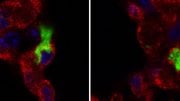
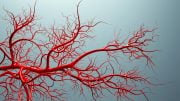
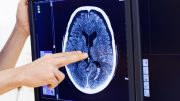


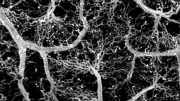

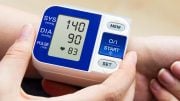
The concept of mechanoreceptors on the cell surface of the blood vessels producing ATP by the mechanical stress on the inner lining of blood vessels which result in reduced tension and thereby lowering blood pressure is a new dimension for the study of control of hypertension. When this system is dysfunctional naturally rigidity of the epithelial muscles of the blood vessels sets in and hypertension builds up. Already drugs for the Angiotensin II receptor blockers, and Angiotensin II converting enzyme inhibitors (ACE inhibitors) are available for blood pressure control. Earlier alpha blockers and beta blockers are available to control calcium channels to the cell. This new dimension opens up a new avenue for finding drugs to control hypertension in future. Thank You.